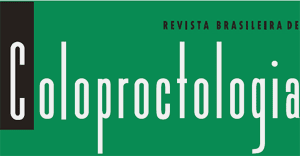PURPOSE: Analyze the profile of colon and rectal cancer. METHODS: 390 colonoscopies were performed in 152 asymptomatic people Group A and 238 colon cancer patients with diagnosis done at colonoscopy Group B. Age, family history (FH), symptoms, Body Mass Index (BMI), location of the tumor and histopathology were analyzed. P value<0,05 was significant. RESULTS: Mean age Group A 62+/-9 years and 61+/-13 Group B P>0,95. 79 patients (31%) of cancer had positive FH and positive FH was present in 34 patients without cancer (23%) P>0,05.BMI was 26+/-4 Group A and 27+/- for B P>0,05 9 patients (5,9%) from Group A was found to have cancer. Superficial in 1 (11%) Group A against 21 (8,8%) for Group B P>0,05. Change of bowel habits with bleeding was 56 (60%) on the left colon cancer against 13 (31%) on the right P<0,01. Weight loss and anemia occurred more frequently on the right when compared to the left 30 (44%) X 31 (17%) and 36 (46%) X 15 (8%) P<0,01. 157 patients (63%) had symptoms for more than 6 months. Moderated-differentiated adenocarcinoma was found in 166 (67%), well-differentiated 63 (25%) and poorly-differentiated in 18 (7%) of the patients. CONCLUSION: The profile of CRC must be better studied.
Colon; cancer; colonoscopy; diagnose











